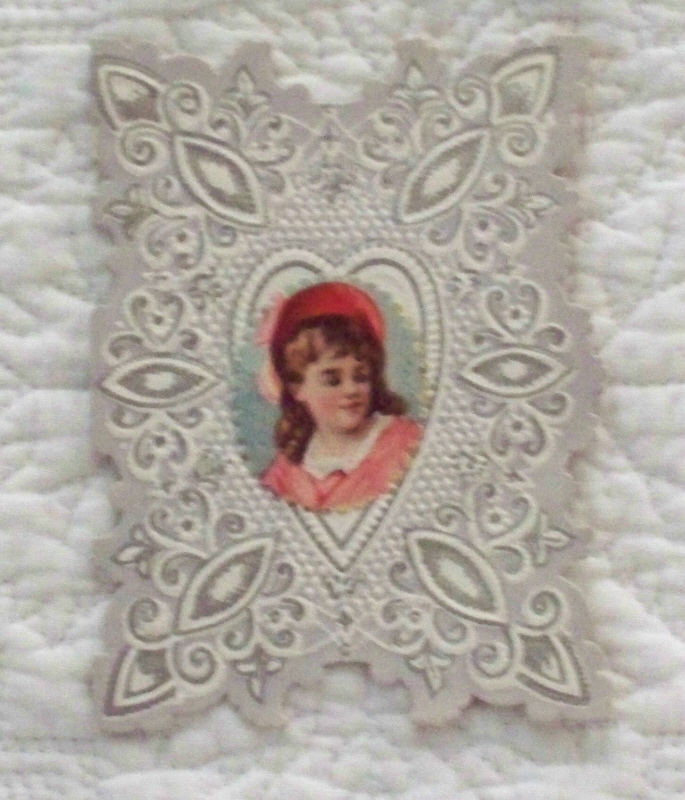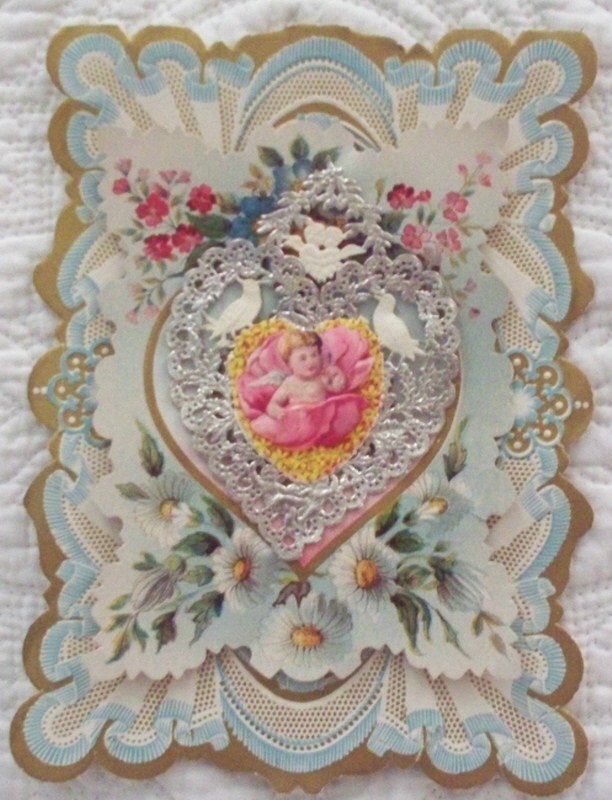One of the fun aspects of writing historical novels is learning how the holidays were celebrated in times past and incorporating them into stories. On this page we will explore different holidays that were celebrated in Britain (and the United States) during the Georgian and Victorian eras. Since I am first publishing this site in December, I will start with A Georgian Christmas and add other holidays below it as the year progresses:
A Georgian Christmas
On Christmas Eve the Yule log was brought in with much fanfare and lit with the remains of the previous year's log. Mummers and wassailers went door to door in more rural areas. Wassails (spiced ales and wines) were consumed in copious amounts, and in many country houses a bowl of cider or ale with toast floating on the top was taken to the orchard and poured on tree roots to ensure a good harvest the coming year.
For many Gerogians, Christmas Day itself was more a day for games and merrymaking than a day of religious observance. Whist and commerce were popular, as were draughts (checkers), backgammon, and chess. Special foods such as turkey (introduced to Britain in the sixteenth century), mincemeat pies, and plum pudding were prepared. (Mincemeat pies were made from beef or vension, suet, raisins, currants, fruits, and spices.)
In Georgian times Christmas did not end with Christmas Day or New Year's Day - Christmas Day was in fact only the first day of Christmas. Celebrations continued through the Twelfth Night, ending on Jan. 6, Epiphany. Games and entertainments such as amateur theatricals were held each night, culminating on Twelfth Night with a masqued ball. Two children were selected to reign over the ball, and it was customary to come dressed as figures from myths and fairy tales.
And we cannot forget the kissing bough: this large ball made of evergreens and fruit (often holly and apples) and hung in a prominent place was often considered the most important decoration of all! Mistletoe balls, however, were considered not quite genteel and would be more often found in servatns' quarters and humbler homes.
Most of us can only dream of having a Christmas that resembles a Georgian Christmas. But we can emulate some of the Georgian tradiitons. I try to follow several, including celebrating the full twelve days, decorating with evrgreens, playing carols on the piano, serving spicy wassails, and making my own plum pudding and mincemeat (I found an authentic recipe which takes beef or vension, currants, raisins, apples, suet, and spices). Below are some recipes for old-style wassails and mincemeat for those who would like to try them:
Valentine’s Day was just as popular in Britain and the US during the 1700’s and 1800’s as it is today, if not more so, although it was almost always referred to as “Saint Valentine’s Day,” a usage that is all but lost. Many of the customs we still follow had their origins during those years.
It was during the 1700’s that giving flowers to one’s beloved on Valentine’s Day came into vogue. The idea of a language of flowers, or associating certain flowers with various sentiments, was brought from what was then Persia and caught the fancy of many Europeans. A whole message of love could be given in a single bouquet, and a return bouquet could give the recipient’s response. It was also during this same time that the cultivation of roses was becoming extremely popular in Britain, and thus the association of Valentine’s Day and roses began.
Gifts were often presented on St. Valentine’s Day in the early 1700’s, ranging from a simple straw love knot exchanged between rustic lovers to elaborate jewelry gifts among the rich and titled. Valentine gift-giving in Britain began to fall out of favour in the mid-1700’s however, except in Northern England and Scotland, where it remained common.
Valentines in the 1700’s were handmade, often of special paper such as gilt paper. Some were elaborate cut-outs (like cut-out snowflakes) that were almost works of art, and others might be folded in elaborate ways similar to origami. Valentines from this era were often religious in nature, and usually included high-flown sentiments and poetry. From the 1720’s on, these sentiments might well have come from booklets called “Valentine writers.” These “writers” contained various sayings and suggested rhymes, as well as suggestions for responding to the same. During the latter part of the 1700’s the Germans began to make valentines with lace borders, red hearts, and pictures of cupids and lovebirds, which quickly caught on in other countries. Valentines were usually hand-delivered during the 1799’s, and often left on doorsteps.
In the late 1700’s and early 1800’s bought Valentines began to appear. These early valentines had black and white illustrations that were hand-drawn by the workers. By 1815, the increasing numbers of machine-made cards and the increasing areas served by the Penny Post made the sending of Valentines extremely popular. A young lady who did not receive a single card would feel crushed indeed!
From 1820 to about 1827 a rather unkind and unloving practice began – that of sending insulting valentines. Although a few of these were no doubt sent in jest to lovers who hopefully had a good sense of humour, many were sent by cruel-minded individuals to spinsters, the not-so-good-looking, and the infirm. One can only imagine the hurt inflicted by this practice, which thankfully died out by the end of that decade (although I have noticed a small resurgence of this kind of card today, under the guise of “humorous”).
By 1840 the Penny Post covered most of Britain, and mass-market valentines with colored illustrations were being produced by machine. Another Valentine landmark of the 1840’s was the use of chocolate in candy (it had previously been consumed as a drink). In 1861, Richard Cadbury produced a heart-shaped candy box, and before long heart-shaped boxes filled with chocolates were a Valentine’s Day tradition.
In the 1880’s Valentine cards reached their height of ornamentation – many were covered with fringe, tassels, feathers, beads, and paste jewels (although some with more restrained decoration were produced as well). The language of flowers was again in vogue, although different meanings might be given to the flowers than had been in the 1700’s. Woe to the suitor who would receive a bit of spruce greenery (farewell) in response to his bouquet of speedwell (true love)!
These are photos of two valentines myt great-grandmother received in late Victorian times:


